Conventional vs. FHA Mortgages: Pros & Cons at Current Rates (August 2025)
With mortgage rates sitting at 6.63% for conventional loans and 6.22% for FHA loans, understanding the pros and cons of each option is crucial for homebuyers.
Conventional Mortgages (6.63%)
Pros
-
Greater Flexibility: Can be used for primary, secondary, or investment properties.
-
Higher Loan Limits: Often allow you to borrow more, especially in higher-cost areas.
-
PMI Can Be Removed: Private mortgage insurance (PMI) can be canceled once equity reaches 20%.
-
Usually Lower Fees: Closing costs and fees are generally lower than FHA loans.
-
Variety of Terms: Multiple loan term options and fixed or adjustable rates.
Cons
-
Stricter Credit Requirements: Typically requires a minimum credit score of 620.
-
Larger Down Payment: Generally 5–20% required, though some programs allow as low as 3%.
-
Higher Rate for Lower Credit: May have higher rates if your credit score is below 700, sometimes making FHA a better deal for marginal credit borrowers.
-
More Stringent Approval: DTI ratios and financial vetting can be tougher.
FHA Mortgages (6.22%)
Pros
-
Lower Credit Score Requirement: Allows scores as low as 580 with 3.5% down, or even 500 with 10% down.
-
Low Down Payment: Minimum 3.5% down, making it accessible for buyers with less upfront cash.
-
Easier Approval: More lenient debt-to-income ratios and documentation requirements.
-
Lower Interest Rate at Lower Credit: Often has slightly lower rates than conventional for similar borrower profiles.
Cons
-
Mandatory Mortgage Insurance: Upfront and monthly mortgage insurance premiums (MIP) are required, usually for the life of the loan unless putting 10% or more down.
-
Lower Loan Limits: Maximum loan amounts are usually more restrictive than conventional loans.
-
Primary Residence Only: FHA loans are generally for your main home—not investment or vacation properties.
-
Stricter Property Appraisals: The home must meet FHA’s health and safety standards, potentially limiting choices for fixer-uppers.
-
Long-Term Cost: Due to ongoing MIP, overall lifetime cost may be higher, despite a lower rate.
Rate & Payment Comparison
| Feature | Conventional (6.63%) | FHA (6.22%) |
|---|---|---|
| Min. Down Payment | 3%–20% | 3.5% (580+ score) |
| Credit Score Requirement | 620+ | 580+ (3.5% down); 500 (10% down) |
| Mortgage Insurance | PMI (removable) | MIP (life of loan) |
| Loan Limits | Higher | Lower |
| Property Types | All properties | Primary home only |
| Typical Use Case | Stronger credit, more cash, larger loan needed | Limited savings, fair/poor credit, first-time buyers |
Key Takeaways
-
Choose Conventional if you have a higher credit score, a larger down payment, or want flexibility (such as buying a second home or investment property). You’ll save in the long run once you cancel PMI, especially if you're borrowing above FHA limits.
-
Choose FHA if your credit is lower or you have less cash for a down payment. Even though the rate is lower, watch out for lifelong MIP, which can raise the total cost.
Note on Running Effective One-on-Ones
While not directly mortgage-related, conducting effective one-on-ones (as in the provided resource) means actively listening, providing tailored guidance, and walking buyers through options—skills essential for mortgage advisors guiding buyers through these complex decisions.
Bottom Line:
With rates at 6.63% (conventional) and 6.22% (FHA), borrowers should weigh upfront savings and approval ease (FHA) vs. long-term flexibility and cost (conventional). Analyze your own finances, goals, credit and property needs to make the best choice
Categories
Recent Posts










